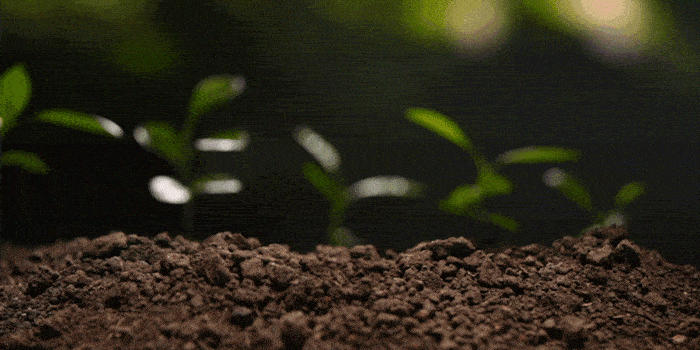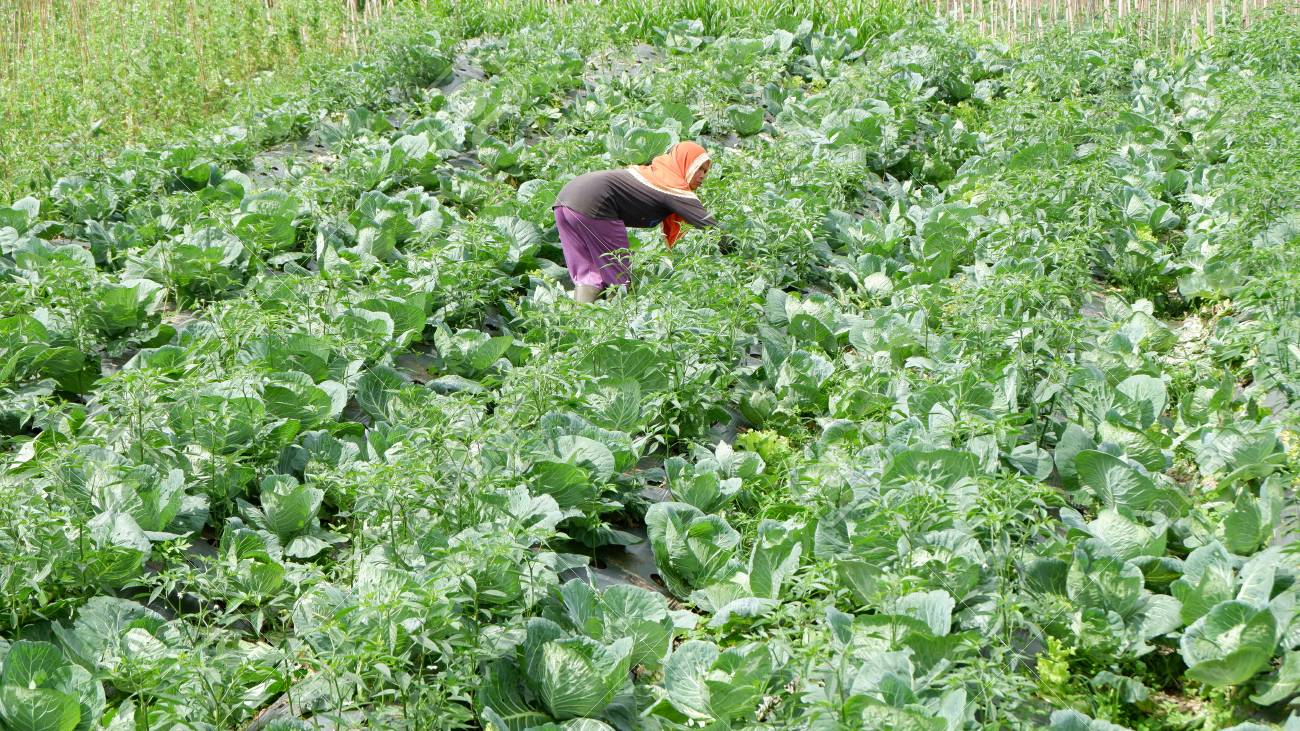✅Payments Via PayPal®, Credit and Debit Card.
If you want to checkout with a Credit and Debit Card, just enter your * Card No, * Expiration Date, and * CVV.


🪴 Buy seeds with reder-shop, safe and secure 🌱
💵 Payment through PayPal®
😍 99.3% of our customers buy more than 50 seeds and more to share with family or friends
👩🌾 has 80% of purchasers feedback on planting success and satisfaction
✨ Ships in the order of payment, first paid first arrived
✈ Worldwide Express Shipping Available

Description

| Planting Season |
Cool |
|---|---|
| Soil Temp |
45° F+ |
| Planting Depth |
1/4" |
| Area to Sow |
30' row |
| Days to Germ. |
3-10+ |
| Days to Maturity |
65+ |
| Best Planting Method |
Direct |
| Thin to |
≥2" apart |
| Final Spacing |
≥4" apart |
| Succession |
7 days |
| Approx. Seed Count |
200 |
| Botanical Name |
Raphanus sativus |
| Plant Spread |
3" |
| Plant Height |
4-6" |

Planting Radish Seeds
- In Zones 9 and 10, direct seed in full sun or transplant out. Because of our hot fall weather, we often plant radishes in starter trays to protect them from the heat and Santa Santa Anna winds. We transplant them out in deeply irrigated soil under the protection of shade cloth.
- To direct sow, plant seeds in well-worked soil that has been deeply watered and is debris free. Cover with 1/2″ of finely sifted soil.
- If you are using starter pots, plant seeds into thoroughly moist high-quality seed starting soil. Place seeds on the top of the soil and cover with 1/2″ of finely sifted soil.
- Once your watermelon radish seeds have germinated and are 1-2″ tall, fertilize with an organic liquid fertilizer. When the plants are 3-4″ tall you can plant them out into the garden.
- Space plants at least 4″ apart.
Growing Radishes
- Radishes are easy to grow when grown in cool environments. Radishes do not respond well in hot, dry soils; they can become pithy and bitter.
- Mulching heavily around your plants will help with weed suppression and moisture retention.
Harvesting Radishes
- Radishes can be pulled from the ground at their desirable size. Do not let radishes get too big as they will become fibrous.
Our Seed Promise
 "Agriculture and seeds" provide the basis upon which our lives depend. We must protect this foundation as a safe and genetically stable source for future generations. For the benefit of all farmers, gardeners and consumers who want an alternative, we pledge that we do not knowingly buy or sell genetically engineered seeds or plants.
"Agriculture and seeds" provide the basis upon which our lives depend. We must protect this foundation as a safe and genetically stable source for future generations. For the benefit of all farmers, gardeners and consumers who want an alternative, we pledge that we do not knowingly buy or sell genetically engineered seeds or plants.
The mechanical transfer of genetic material outside of natural reproductive methods and between genera, families or kingdoms, poses great biological risks as well as economic, political, and cultural threats. We feel that genetically engineered varieties have been insufficiently tested prior to public release. More research and testing is necessary to further assess the potential risks of genetically engineered seeds. Further, we wish to support agricultural progress that leads to healthier soils, to genetically diverse agricultural ecosystems, and ultimately to healthy people and communities.







